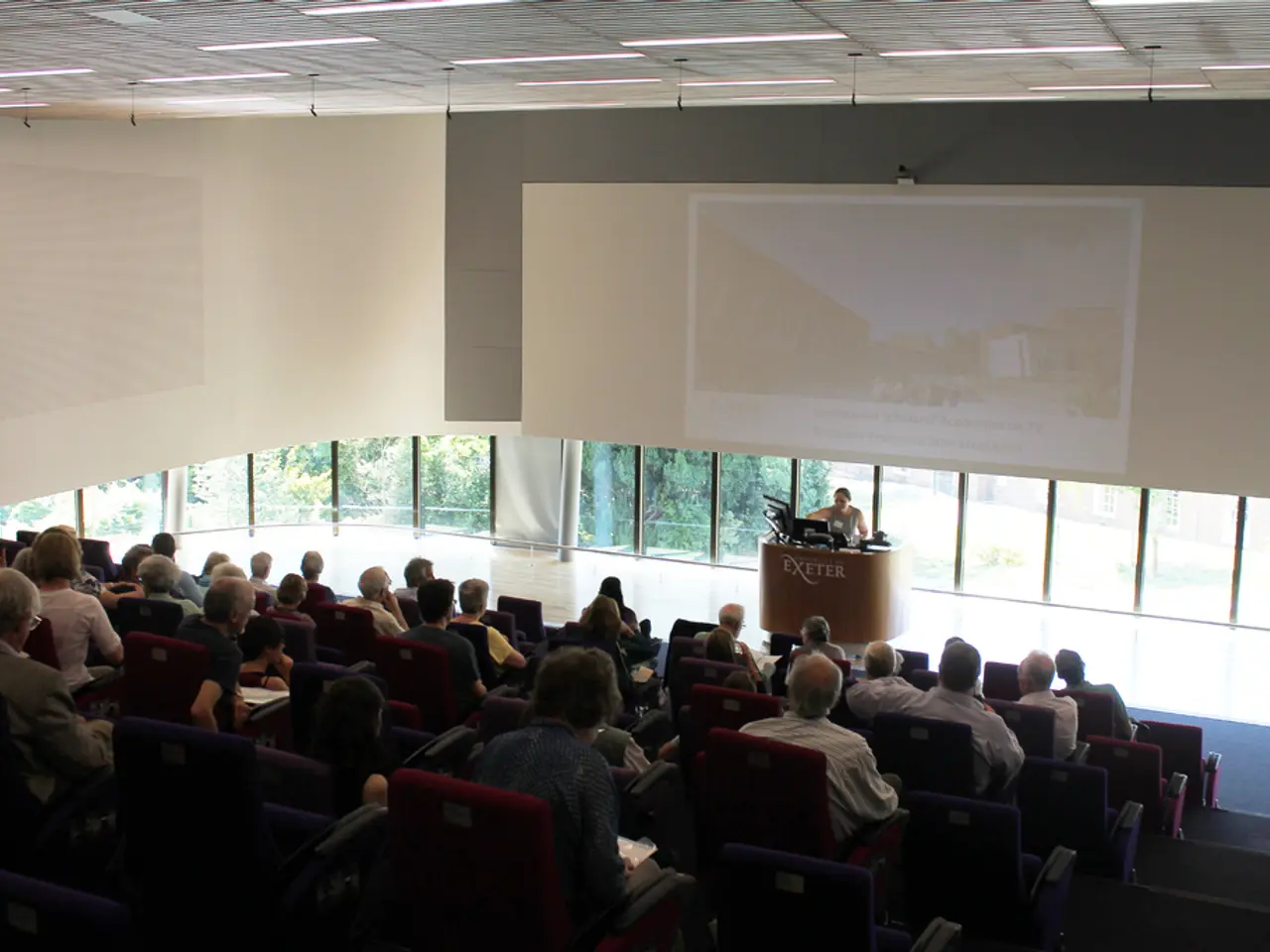Advocating for Jamie Felix: Encouraging Measures Against Home Abuse
The loss of Jamie Felix, a beloved math teacher at Manatee Academy K-8 in Port St. Lucie, Florida, has left the community in mourning. Ray Felix, Jamie's estranged husband, executed a premeditated attack on Jamie and their children, a harrowing testament to the critical issue of domestic violence.
The incident occurred in a scenario that can only be described as nightmarish, with their children bearing witness. This loss is a stark reminder of the intersections between domestic violence and community loss. The escalation witnessed in this case is a tragic outcome of a series of systemic failures and societal reluctances to confront uncomfortable truths about domestic abuse.
In the wake of this tragedy, it's important to look towards actionable solutions for domestic violence prevention. Effective strategies for domestic violence prevention and support in communities combine technology, education, and legal measures within a holistic framework that targets individual, relationship, community, and societal levels.
Technology-Based Strategies
Mobile apps and online platforms can provide confidential access to resources, safety planning, and immediate help in abusive situations. Technology helps identify high-risk areas or individuals through data mapping, allowing targeted community violence intervention programs. Programs that engage victims right after injury through hospital settings, using digital tools to ensure timely support and breaking the cycle of violence are also crucial.
Educational Strategies
Initiatives like those in New South Wales invest in local organizations educating young men on healthy masculinities, young people on consent and gender roles, and multicultural communities through leadership workshops. Social-emotional learning, conflict resolution, and healthy relationship skill-building reduce individual risk factors at early stages. Parenting workshops and mentoring strengthen healthy relationships and improve communication within families and peer groups. Promoting respect, fair play, and gender equality through sports coaching influences attitudes positively from a young age.
Legal and Policy Measures
Investments in community grants enhance the capacity for primary prevention programs targeting domestic violence before it starts. Adoption of multi-level social-ecological models enables laws and policies that address societal norms and structural drivers of violence, such as gender inequality and financial insecurity. While community violence intervention (CVI) programs are more focused on community violence, principles of non-punitive, community-led strategies provide models to complement legal enforcement by interrupting violent cycles through mediation and culturally competent conflict resolution.
Integrated Community Approaches
Partnerships between healthcare, social services, law enforcement, and community organizations ensure comprehensive victim support and prevention efforts. Tailoring programs to respect cultural backgrounds and address specific needs of diverse communities, including multicultural, refugee, LGBTIQ+, and First Nations populations improves effectiveness. Programs such as CDC’s Essentials for Childhood and Preventing Violence Affecting Young Lives provide evidence-based strategies to reduce adverse childhood experiences, a known risk factor for later violence.
In reflecting on this tragedy, let's channel our grief into action, advocating for safer communities and recognizing the invaluable contributions of educators like Jamie. To honor Jamie Felix's memory, let's commit to fostering a world where education thrives in safety. Strengthening community support systems is crucial in preventing domestic violence. Nurturing a culture of openness where victims can seek help without fear of stigma or retribution is essential.
Jamie Felix, recently awarded "Teacher of the Year," leaves behind a legacy of dedication and impact. The impact of her death extends to students, colleagues, and the wider community. Enhancing legal protections for victims of domestic violence is essential. Incorporating technology for early detection and intervention in domestic violence cases is necessary. The solution to preventing such incidents also lies in societal change, breaking the cycle of violence through education, support, and rigorous legal measures.
- Technology solutions, such as mobile apps and online platforms, can offer confidential access to resources, safety planning, and immediate help in abusive situations, acting as a crucial component in addressing domestic violence.
- In the education sector, initiatives focused on social-emotional learning, conflict resolution, and healthy relationship skill-building can help reduce individual risk factors, preventing domestic violence at early stages.
- Legal measures like adopting multi-level social-ecological models, investing in community grants, and enforcing laws that address societal norms and structural drivers of violence are essential in preventing and reducing domestic violence.
- Integrated community approaches, combining the efforts of healthcare, social services, law enforcement, and community organizations, can ensure comprehensive victim support and prevention efforts, contributing significantly to a society free from domestic violence.




